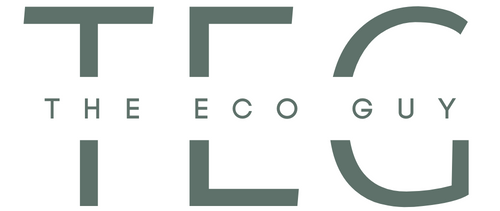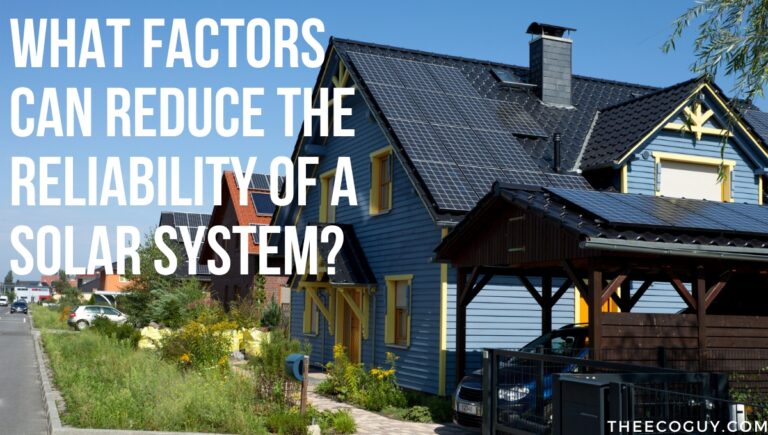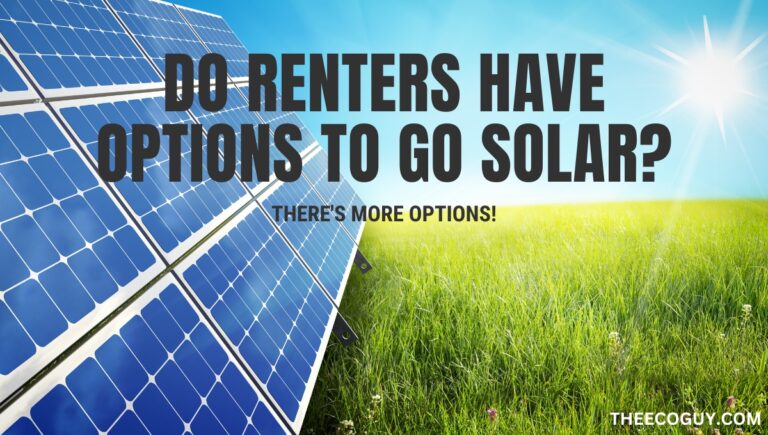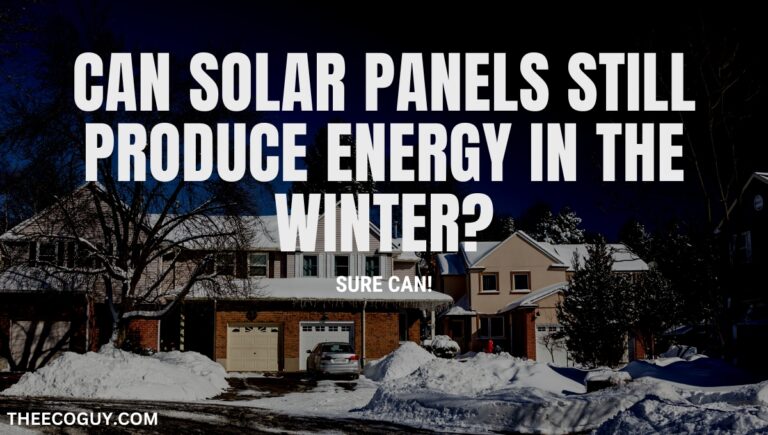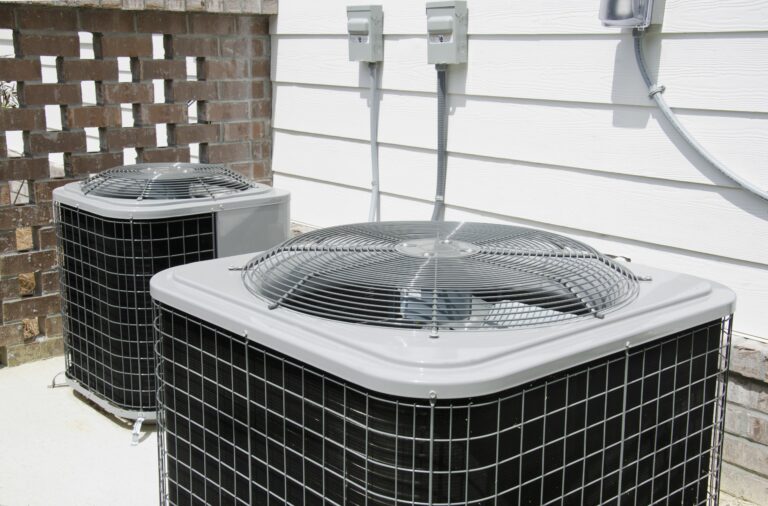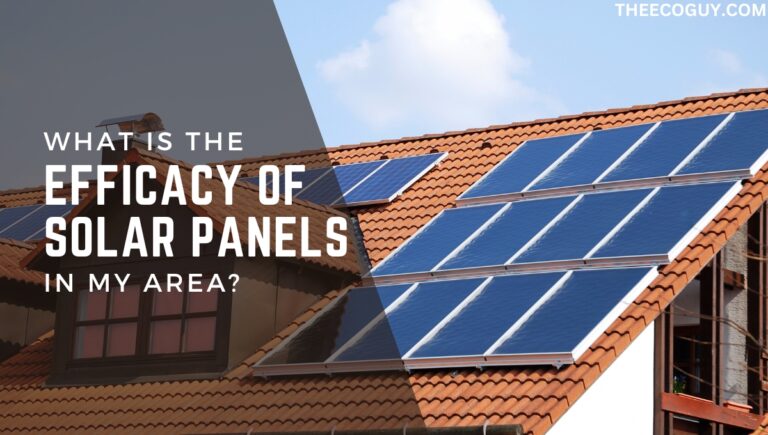The Future is Now: Innovative Home Solar Systems
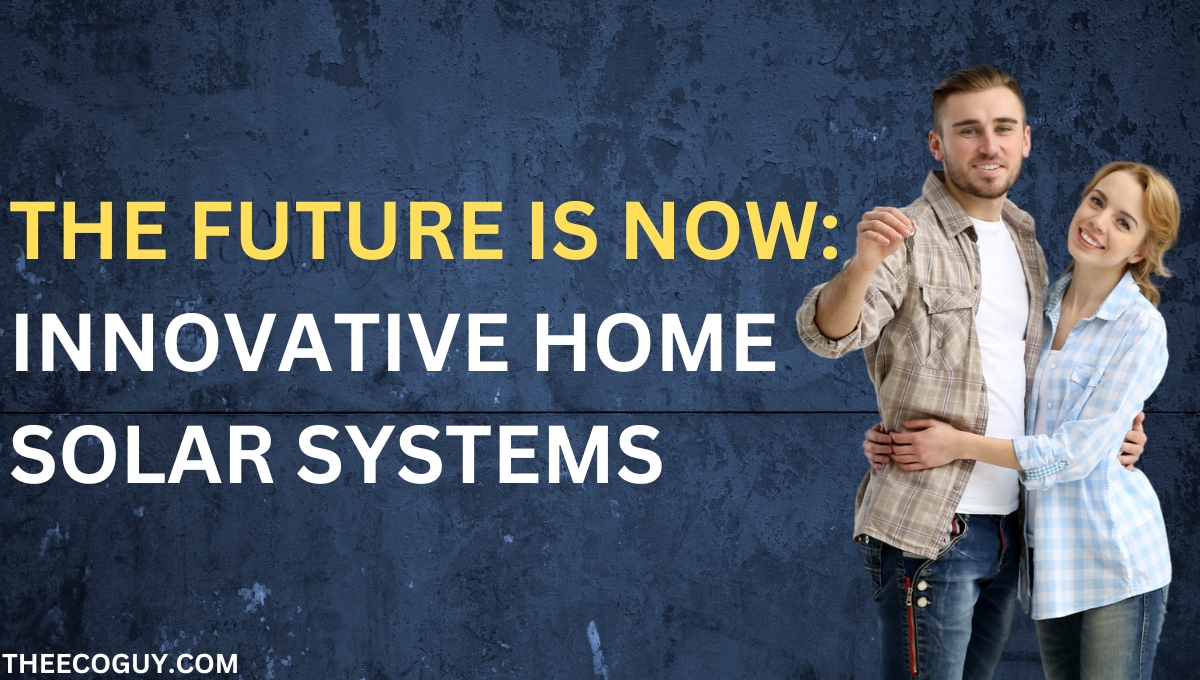
As the world continues to face the impacts of human-induced climate change, renewable energy sources like home solar systems have become increasingly important in providing an alternative to traditional fossil fuel-based energy sources.
Home solar systems are becoming a popular and economical way for households to generate their own energy, with many countries offering incentives and subsidies to encourage people to join the “Green Revolution“.
Solar technology has advanced significantly over the past few decades, making it easier and more affordable than ever to install home solar systems. Initially, solar cells were made of rigid materials and were expensive to produce, limited in efficiency, and had a short lifespan.
Today’s solar cell production is far more efficient due to advances in crystalline silicon technology, thin-film technology, and quantum dot technology. Photovoltaic (PV) cells are becoming more efficient, less expensive, and longer lasting than ever before.
In this article, we will explore why the future of home solar is now, the available options, as well as how to get started with solar. By taking control of your energy needs, you can start saving money on electricity bills, reduce your carbon footprint and protect the environment.
Types of Solar Systems
Types of Home Solar Systems on the Market
Solar systems are becoming increasingly popular as more people become aware of the potential for them to revolutionize home energy use. There are a variety of types of solar systems available, each offering different levels of efficiency and cost.
The most common type is the photovoltaic (PV) system, which uses solar cells made of crystalline silicon to convert the sun’s rays into electricity. This is the most efficient type and often requires a high initial cost.
A newer alternative is the solar thermal system, which uses flat-panel collectors to absorb sunlight and transfer it as heat energy into your home. This type of system is typically cheaper than PV systems but is less efficient in converting sunlight into energy.
The third option is the hybrid system, which incorporates both PV and thermal technologies in a single system. This type of solar system offers greater efficiency and cost savings than either a PV or thermal system alone.
Standalone System vs Grid Systems
Grid-tied solar systems, or grid-connected systems, allow the user to connect their system to the existing electrical grid. This allows them to take advantage of the existing electricity infrastructure and feed excess energy back into the grid for use by other users in the area. Grid-tied systems are often more efficient than stand-alone systems, as they are able to draw power from the grid when needed.
Standalone systems, on the other hand, are completely self-contained and require batteries or generators to provide supplemental energy when solar output is insufficient. Standalone systems can be more expensive due to the additional components required, but they offer greater independence and flexibility.
What About off Grid Systems?
Off-grid solar systems offer a unique opportunity for homeowners to become independent of the traditional electrical grid. With off-grid solar systems, households can generate their own electricity and even sell excess electricity back to the grid. However, before making the leap into relying solely on solar power, there are several factors to consider.
The first is the cost. Off-grid solar systems are typically more costly as they require additional components such as batteries and inverters to store and convert energy into usable electricity. Additionally, off-grid homes must be located in areas with sufficient sunlight for the system to be effective.
The second is maintenance. Solar systems require regular cleaning and inspection to ensure their efficiency remains high. Additionally, batteries used to store energy will need to be replaced periodically.
Finally, it is important to consider the local regulations pertaining to off-grid systems. Depending on where you live, there may be restrictions or incentives for installing an off-grid system in your home.
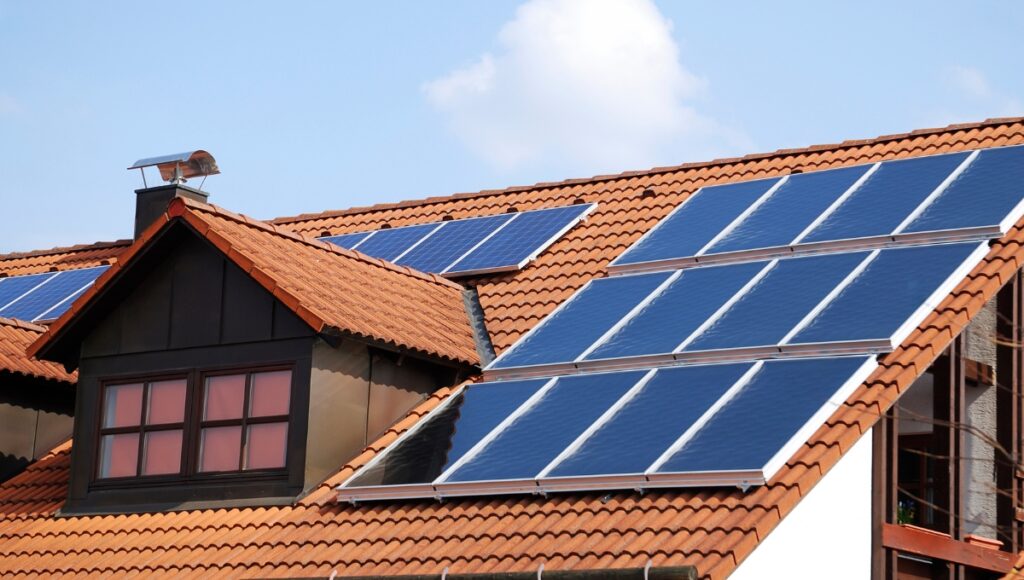
Assessing Your Location for Optimal Solar System Installation
Local Climate Patterns and Trends
When considering where to install a home solar system, it is important to assess the local climate and weather patterns to ensure optimal output. Areas with abundant sunshine and low risk of cloud cover are ideal for the installation of solar systems.
If a home is located in an area prone to frequent clouds or fog, then solar energy output may be significantly decreased. Additionally, homeowners should factor in the amount of space available to mount and orient the solar panels correctly.
Solar energy output can also be affected by factors such as temperature, humidity, and even air pollution. It is important to research local climate information and consider these factors before investing in a home solar system.
Additionally, installation costs should be factored in as they can vary significantly depending on the area. Homeowners should research local laws and regulations to ensure their chosen installation company is properly certified and insured.
Different Mounting Options
Different mounting options can be used to maximize the exposure of solar panels to the sun, depending on the needs and available space of the property. Roof-mounted systems are one of the most common choices for homeowners, as they are typically more aesthetically pleasing and require less maintenance than pole-mounted systems.
Roof Mounted
Roof mounts can also be customized to fit the shape of a sloped roof or a flat surface, allowing for maximum solar exposure. However, it is important to consider the amount of shade cast by nearby buildings and trees when deciding on a location for a rooftop system.
Ground Mounted
Ground-mounted systems are also becoming increasingly popular as they can be adjusted easily to track the sun’s movement throughout the day, as well as provide greater flexibility in terms of orientation and placement. These systems can also be installed on flat or sloping surfaces for optimal solar exposure, and are typically less expensive than roof-mounted systems.

Financing Options for Installing a Home Solar System
Government Incentives
The installation of a home solar system is a major financial investment and can be quite costly. Fortunately, many governments offer incentives to help offset the cost of installing a solar system.
In the United States, for example, the Investment Tax Credit (ITC) allows homeowners to receive a federal tax credit of up to 30% of the cost of their solar system installation. Additionally, many states and local utilities offer additional incentives to help reduce the cost of installing a solar system.
Loans and Leases
Another option for financing a home solar system is to take out a loan or lease the equipment. Loans are typically made on an unsecured basis, meaning that no collateral is necessary and they can be paid off over time with fixed interest rates.
Leases allow homeowners to pay a flat monthly fee in exchange for use of the solar system while still owning it. This is a good option for those who want to invest in solar without having to pay the full cost upfront.
Those Unable or Unwilling to Pay
For those unable or unwilling to pay for a home solar system installation, there are still options available. Community Solar Programs provide the opportunity to purchase shares of locally installed solar energy systems and receive credit on their electric bill in return. These programs typically require no up-front costs and are structured so that the cost is spread out over time.
Different Financing Models
Installing a home solar system is an expensive investment and can be intimidating for homeowners.
Many homeowners are hesitant to take on debt or make a large upfront payment, but they still want to invest in solar energy.
Fortunately, there are new financing models available such as leasing or PACE loans that allow homeowners to pay for their solar system over time with fixed interest rates. This makes investing in solar energy more accessible and affordable than ever before.
Caring for Your Home Solar System
Understanding maintenance requirements associated with owning a home solar system is an important part of making sure that your system runs optimally over time. Homeowners need to be aware of the necessary steps they must take in order to keep their systems running smoothly and efficiently.
The most important thing a homeowner needs to do is to periodically inspect their solar panels for dirt and debris that could potentially block sunlight from entering the cells. This can be easily done by either climbing onto their roof or using a pair of binoculars to get a close-up view.
Secondly, homeowners need to check for any damage to their system caused by extreme weather events such as hail or windstorms.
Finally, if any problems with the system are detected, homeowners should contact a qualified solar technician to diagnose and repair any issues.
5 Easy Steps for Maintaining Your Solar System
- Regularly Inspect Your Panels: The most important step in maintaining your home solar system is to regularly inspect the panels for dirt, debris, and damage that could potentially block sunlight from entering the cells.
- Check for Damage: Extreme weather events can cause damage to solar systems, so it’s important to check periodically for any signs of wear and tear or physical damage that could affect the system’s performance.
- Clean Your Panels: While it isn’t necessary to clean the panels on a regular basis, they should be cleaned when they become visibly dirty.
- Check Your Inverter: The inverter is responsible for converting solar energy into electricity, so it’s important to check periodically that it is functioning properly.
- Contact a Technician: If any problems with your system are detected, contact a qualified solar technician as soon as possible to diagnose and repair any issues.
Final Thoughts
Homeowners who are considering investing in solar energy now have more accessible and affordable options than ever before. With various financing models such as leasing, PACE loans, or community solar programs, homeowners can now pay for their solar system over time with fixed interest rates without having to make a large up-front payment.
This makes investing in solar energy more achievable and cost-effective, while also providing benefits to both the environment and your monthly electricity bill.
Regularly maintaining your home solar system is key to ensuring that it runs optimally over time. By following the five steps outlined above, you can keep your solar energy investment running efficiently for many years to come.
Home solar systems are a great way for homeowners to reduce their energy costs and their environmental footprint. With the latest financing models and easy-to-follow maintenance steps, investing in solar energy has never been easier or more affordable.
Whether you’re looking to reduce your electricity bill or go green, now is the perfect time to invest in a home solar system and help make a positive impact on the future of our planet.
